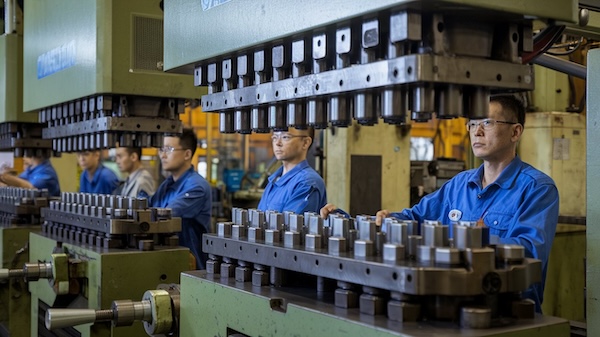
Carbide Stamping Tooling
Retop Carbide aimed at helping stamping tooling manufacturers and users understand the advantages of tungsten carbide. By highlighting its unique properties, comparing it to other tooling materials, and detailing the operational and financial benefits, this article provides a compelling case for adopting tungsten carbide as the premier choice in stamping tooling.
Quick and easy: Enter your specifications and get a quote in one business day
Table of Contents
Expertise in Carbide Stamping Tooling
Retop Carbide is a leader in specialty stamping, punches and dies.
Types of Carbide Stamping Tooling
- Stamping Punches and Dies
- Carbide Punches and Dies
- Redraw Dies
- Cut-Edge Rings
- Draw Rings
- Draw Pads
- Die Center Rings
- Custom Tooling
- Cupping Draw Dies
- Other
Introduction: Rising Expectations in Stamping Operations
Modern stamping processes face tougher requirements than ever before—tighter tolerances, advanced materials, and faster production cycles push conventional tooling materials to their limits. Tungsten carbide emerges as a solution to withstand these challenges and deliver superior performance.
Details:
- Market Demands: Automotive, aerospace, and electronic components are more complex and precise, demanding advanced tooling capabilities.
- Enhanced Productivity: High-volume runs and greater complexity mean traditional tool steels may fail under stress, causing costly downtime and quality issues.
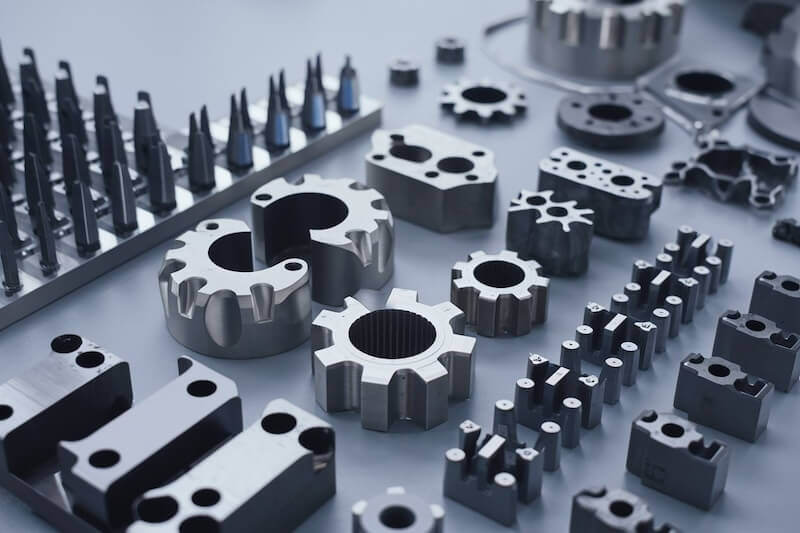
Understanding Tungsten Carbide’s Material Advantages
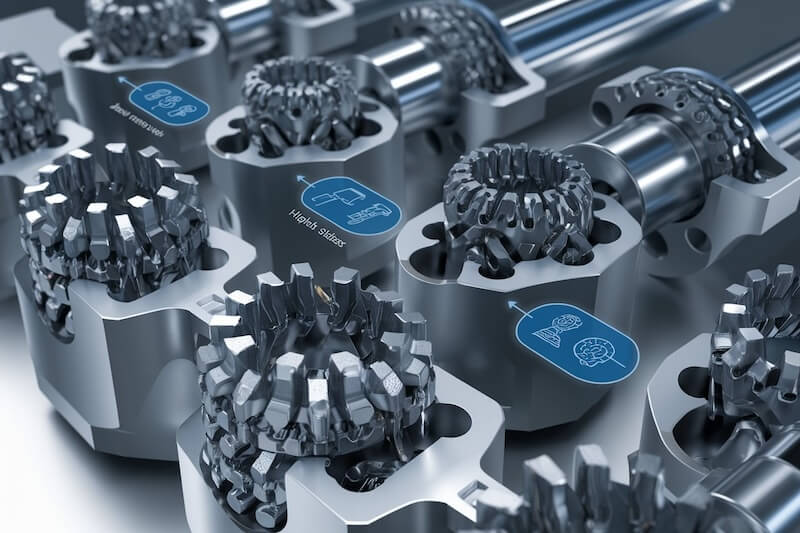
Tungsten carbide is no ordinary metal—its composite structure of tungsten carbide particles and a metallic binder creates a material that blends extreme hardness with durability.
Details:
- Hardness and Wear Resistance: Tungsten carbide approaches diamond-like hardness, ensuring minimal wear and consistent tool geometry over long production runs.
- Thermal Stability: Maintains structural integrity under high-pressure and high-temperature conditions, critical for challenging stamping tasks.
- Dimensional Accuracy: Carbide’s rigidity prevents deformation, ensuring precision in stamping operations that demand tight tolerances.
Comparing Tungsten Carbide to Other Tool Materials
While traditional steels or even coated alloys have their place, tungsten carbide typically offers superior longevity and reliability in stamping applications.
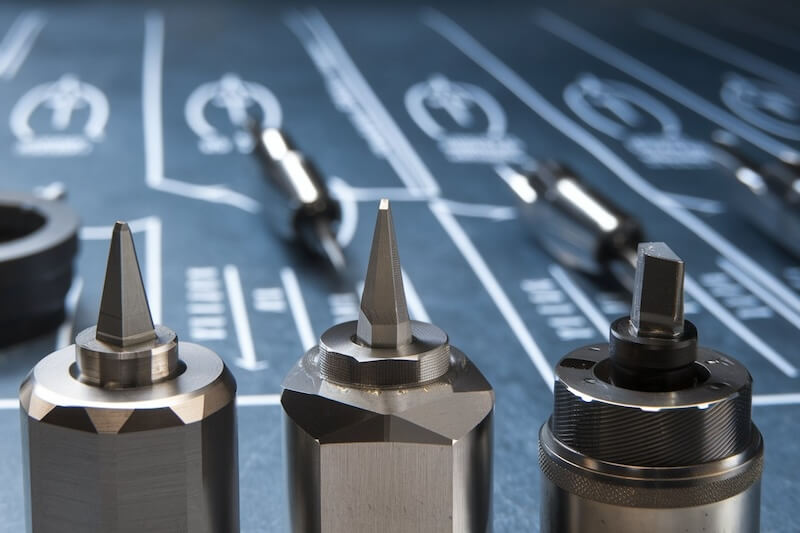
Vs. Tool Steel
Steel tools may be cheaper initially, but they wear faster, lose precision, and require more frequent replacement. Carbide tools run longer and retain their cutting edges.
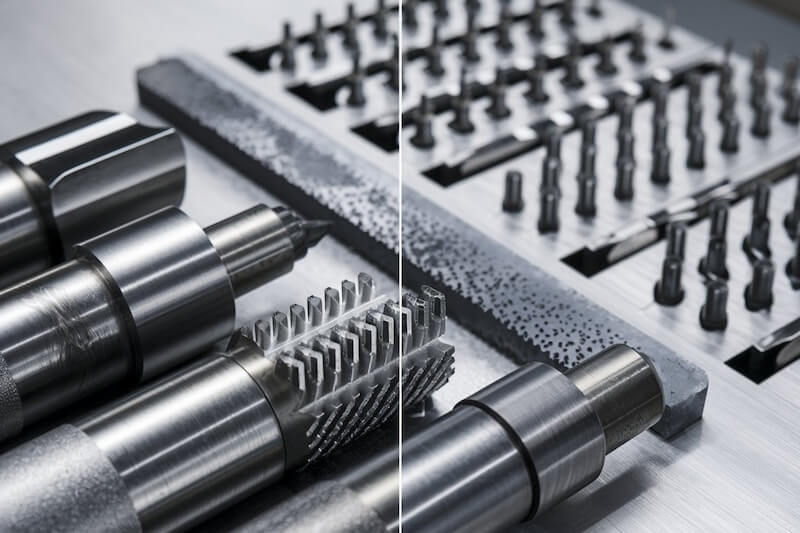
Vs. Surface-Coated Tools
Coatings can wear off, exposing a less durable substrate underneath. Tungsten carbide’s hardness and wear resistance extend through its entire structure.
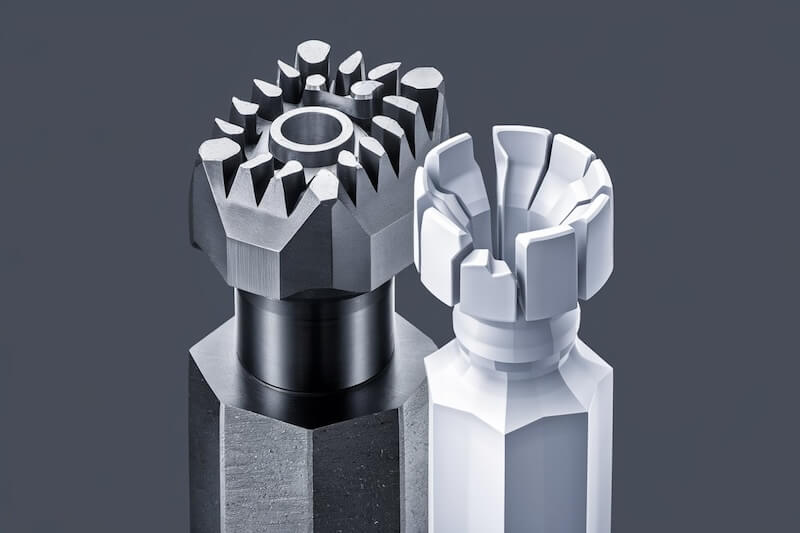
Vs. Ceramics
Ceramics offer hardness but can be brittle. Tungsten carbide balances hardness with toughness, mitigating the risk of sudden, catastrophic tool failures.
Quick and easy: Enter your specifications and get a quote in one business day
Reduced Downtime and Maintenance
The durability of tungsten carbide tools leads to fewer tool changes, less maintenance, and more predictable production schedules.
Details:
- Longer Tool Life: With slow wear rates, tungsten carbide maintains optimal performance for significantly longer periods.
- Stable Production Cycles: Minimizing the frequency of repairs or replacements reduces unplanned downtime and increases overall equipment utilization.
- Improved Workforce Efficiency: Operators spend less time adjusting or swapping tools, focusing instead on meeting production targets.
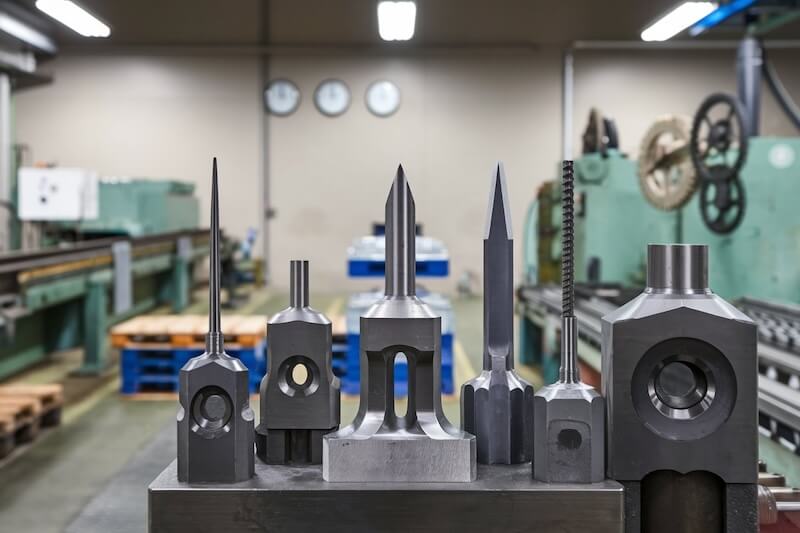
Enhanced Quality and Consistency of Stamped Parts
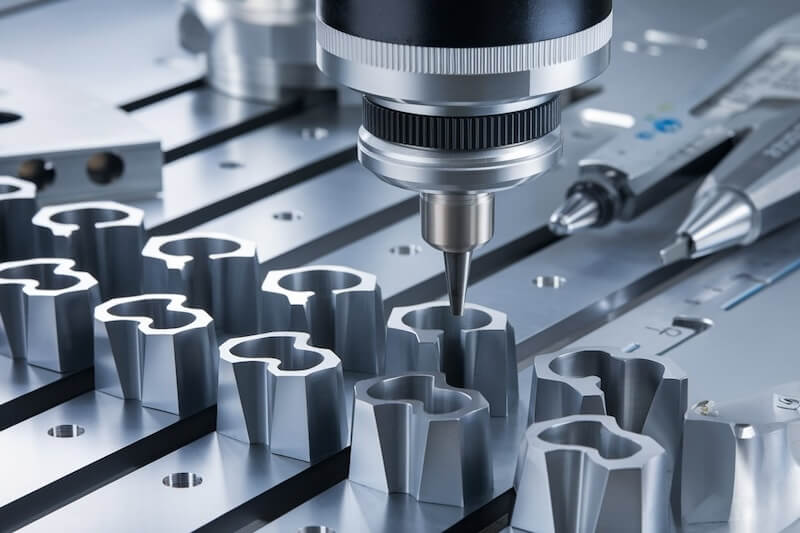
The stable, long-lasting sharpness and dimensional integrity of tungsten carbide tools help ensure consistent part quality.
Details:
- Uniform Dimensions and Finishes: Carbide tools maintain precise cutting edges, producing parts that adhere to strict tolerances and superior surface finishes.
- Lower Defect Rates: Reduced tool wear translates to fewer dimensional variations, scrap parts, and rework, enhancing overall profitability.
- Customer Satisfaction: Consistent, high-quality components strengthen your brand reputation and customer relationships.
Long-Term Cost Savings and Return on Investment
While tungsten carbide may have a higher upfront cost, its durability and efficiency translate into substantial long-term savings.
Details:
- Lower Replacement Costs: Extended tool life means fewer purchases over time, reducing total tooling expenditure.
- Decreased Labor and Inventory Costs: Less downtime and fewer spare tools lead to streamlined inventory management and lower labor expenses.
- Better Resource Utilization: Greater tool reliability improves throughput, enabling higher yields and better margins.
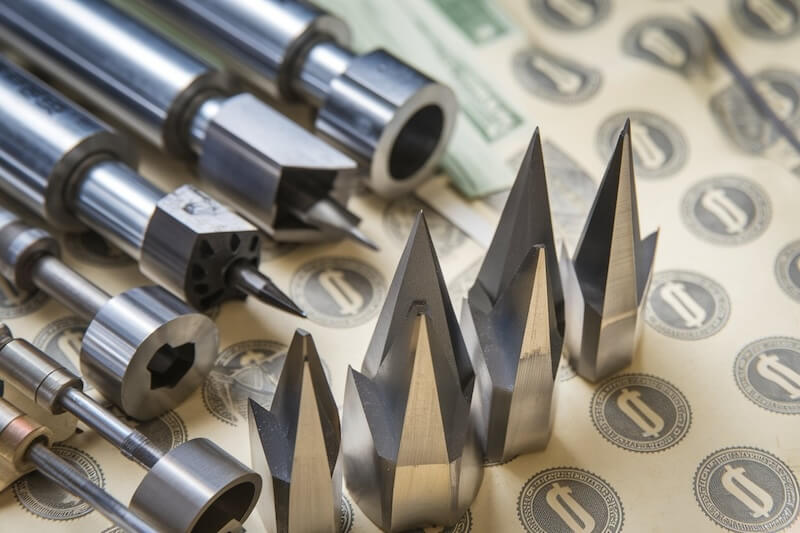
Versatility for Challenging Materials and Complex Designs
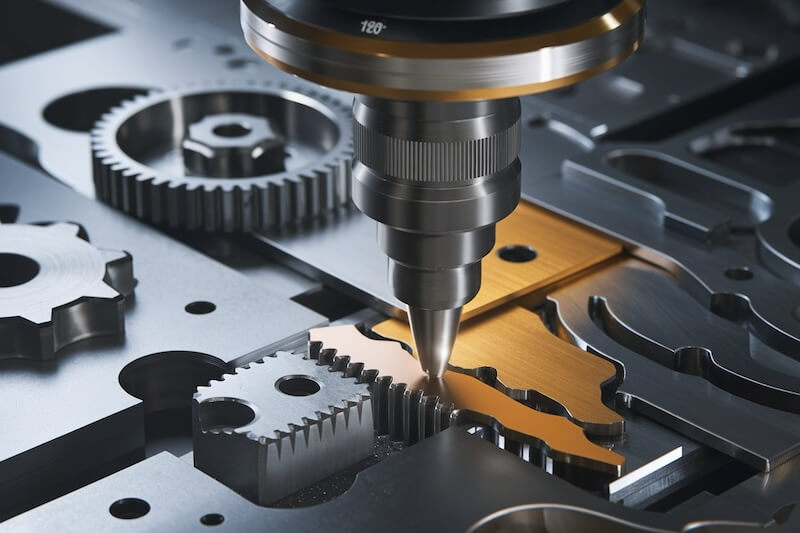
As stamping operations evolve to handle harder metals, complex geometries, and thinner materials, tungsten carbide’s adaptability ensures it remains a go-to solution.
Details:
- Advanced Materials: High-strength steels, titanium alloys, and other challenging substrates are more easily managed with carbide tooling.
- Intricate Part Geometries: Consistent tool hardness and dimensionally stable edges enable the creation of complex shapes without compromising accuracy.
- Future-Proofing Production: As market demands change, tungsten carbide tools can readily adapt, supporting innovation and expansion into new product lines.
Partnering with Reputable Suppliers and Expertise
Maximizing the benefits of tungsten carbide requires working with trusted suppliers who understand your stamping processes and can tailor tools to specific needs.
Details:
- Customized Carbide Grades: Adjusting grain size, binder composition, and tool geometry ensures optimal performance in unique stamping operations.
- Technical Support and After-Sales Service: Continuous collaboration and expert guidance help you fine-tune processes, troubleshoot challenges, and maintain peak productivity.
- Sustainable Relationships: By forging a long-term partnership with a reputable supplier, you gain stability, confidence, and a strategic edge over competitors.
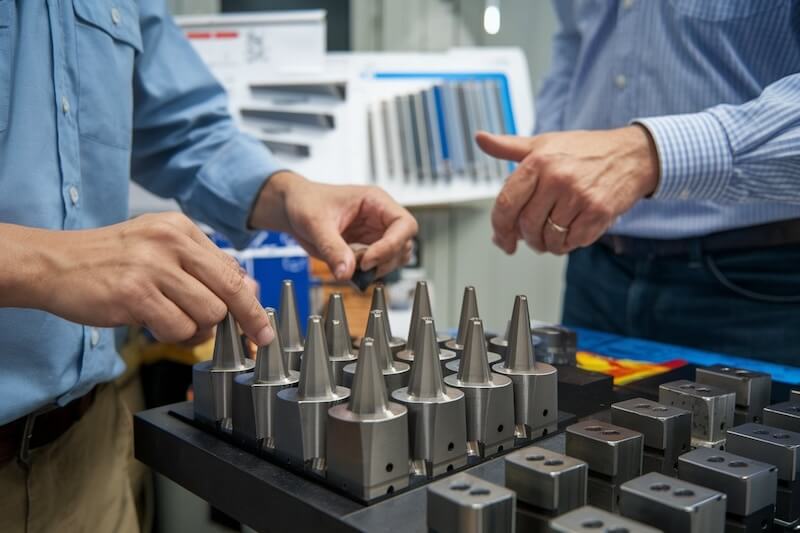
Conclusion
In an era where every advantage matters, tungsten carbide offers a powerful, proven path to better stamping performance.
From its unmatched hardness and durability to its potential for cost savings, quality improvements, and future-readiness, tungsten carbide tooling provides a compelling reason for stamping manufacturers to rethink their current material choices.
By making the switch and partnering with a knowledgeable supplier, you can align your operations with cutting-edge standards and maintain a competitive edge in a rapidly evolving market.
Quick and easy: Enter your specifications and get a quote in one business day







